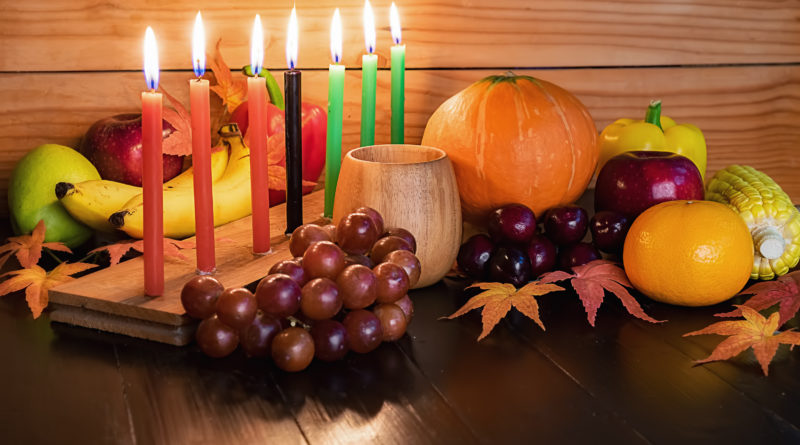What Is Kwanzaa?
1,608 total views, 1 views today
Although most people have heard of Kwanzaa before, this winter holiday is less frequently celebrated in the U.S. than Christmas or Hanukkah. That’s why not everyone knows how people celebrate the holiday. Although Kwanzaa is regarded as a holiday that celebrates African culture and tradition, there’s more to it than meets the eye. Learn all about Kwanzaa below.
What is Kwanzaa?
Maulana Karenga, an activist, professor, and chairman of Black studies at California State University, created Kwanzaa in 1966 to celebrate African-African unity and heritage. Karenga created the holiday after the deadly Watts riots that erupted from police brutality in Los Angeles in 1965.
The celebration of Kwanzaa is modeled after some traditional African harvest festivals. The word “Kwanzaa” comes from the Swahili phrase “matunda ya kwanza,” meaning “first fruits.” The extra “a” was added to accommodate seven children who attended the first-ever Kwanzaa celebration in 1966 because all the children wanted to represent a letter of the holiday’s name. And just as the holiday has seven letters, it lasts seven days.
Who celebrates Kwanzaa?
Many people think that Kwanzaa is an alternative to Christmas or Hanukkah, but it is entirely possible to celebrate all three holidays. That’s because Kwanzaa is a cultural holiday, not a religious one, so people of all faiths can celebrate it. Additionally, according to Karenga, people from all ethnicities can celebrate Kwanzaa.
How is Kwanzaa celebrated?
Usually, Kwanzaa is celebrated by playing music (sometimes containing African drums) and dancing, reading poetry, telling stories, and having a large feast. On each night of Kwanzaa, one candle is lit on a seven-candle holder called the Kinara.
Each candle represents the seven principles, also called the Nguzo Saba in Swahili. The youngest person lights one of the candles on the kinara, and that candle’s principle is discussed. These principles are values of African culture that contribute to building and reinforcing community among African Americans.
During the Kwanzaa ceremony, seven symbols are placed on a table that represents the seven principles. The seven Kwanzaa symbols, named in Swahili, are the Mmeka (table mat), Mazao (crops), Kinara (candle holder), Mishumaa (candles), Muhindi (corn), Kikombe cha Umoja (Unity Cup), and the Zawadi (gifts).
Zawadi represents parents’ hard work and children. Homemade and educational gifts are encouraged to avoid over-commercializing the holiday. Books, music, art, and any culturally-themed products from Black-owned businesses are suitable Kwanzaa gifts.
What does Kwanzaa celebrate?
Kwanzaa’s seven principles were created to celebrate virtues and values, African American culture, and Pan-African culture. The first principle is called Umoja, meaning unity.
Umoja is represented by a black candle placed in the center, and this candle is lit on the first day of Kwanzaa. After the middle candle is lit on the first day, the rest of the candles, which are red and green, are lit from left to right.
The candles to the left of the black candle in the Kinara represent Kujichagulia (self-determination), Ujamaa (cooperative economics), and Kumma (creativity). The green candles on the right of the black candle represent Ujima (collective work and responsibility), Nia (purpose), and Imani (faith).
When is Kwanzaa?
Kwanzaa is observed for seven days from December 26 to January 1 every year. The Kwanzaa ceremony officially ends with Harambee, a chant done with arms outstretched. After Harambee, there is Karamu, which is the Kwanzaa feast.
If you celebrate Kwanzaa, how do you plan to spend the holiday? Share your routine in the comments!

